Breaking the Buckskin Ceiling: The Profound Work of Artist Jaune Quick-to-See Smith
Words & photos by Ungelbah Dávila, originally published Mar. 03, 2021 in New Mexico Magazine as The Profound Work of Artist Jaune Quick-to-See Smith: The artist and curator pushes to expand expectations of Native American art.
Jaune Quick-to-See Smith has spent a lifetime creating artwork that expresses her experience as a woman and member of the Confederated Salish and Kootenai Nation.
THROUGH HER VISUAL ART and curatorial work, Jaune Quick-to-See Smith has expanded the expectation of what is “Indian enough.” Smith has spent a lifetime creating artwork that expresses her experience as a woman and enrolled member of the Confederated Salish and Kootenai Nation, an existence that cannot be separated from the political any more than it can be detached from the land. In July, her painting I See Red: Target, an 11-foot-tall mixed-media piece created during the 500-year anniversary of Christopher Columbus’s arrival in the New World, was purchased by the National Gallery of Art and billed as the first painting by a Native American to enter the collection.
But wait: Despite all the attention garnered by the acquisition, Smith points out that the National Gallery got it wrong. The Washington, D.C., institution had collected several works by Cherokee-Chickasaw artist Leon Polk Smith, whose abstract art is not readily recognized as Native. “In those days, Indians tried to hide their identity,” she says. “Polk would have had trouble selling his work because it didn’t look Indian enough.”
An Indigenous Renaissance: Smith arrived in New Mexico in 1976, at a time when galleries and museums had never heard of contemporary Native art. She and artists such as Emmi Whitehorse and Larry Emerson became instrumental in creating a space for a new kind of art. “From Dorothy Dunn teaching watercolor lap painting in a style called ‘Bambi Art’ to busting all norms by making sculptures 10 feet tall, Native artists were debunking the idea that we should make art in a prescribed way.”
Breaking the Buckskin Ceiling: Only 40 years ago, Smith could name the notable Native artists—those accepted as “good” by the establishment—on both hands. Today she can think of more than 500 who are making waves, as well as scholars working at universities all across the continent. “Living people will always be reinventing themselves in new ways,” she says. “This means people are thriving and not fading away with dying cultures. There is new life and energy in Native arts now.”
500 Years Later: Smith doesn’t measure her success by merits, but by how she makes an impact. Her painting in the National Gallery brings an Indigenous truth to a 500-year-old narrative of colonization as alive as the earth itself. Her paintings tell the beautiful, the tragic, and the creation stories of our land. “I’m only a fly in the ointment, an annoyance, a troublemaker. Just like my hero John Lewis told young Black leaders: ‘Never, ever be afraid to make some noise and get in good trouble, necessary trouble.’ ”
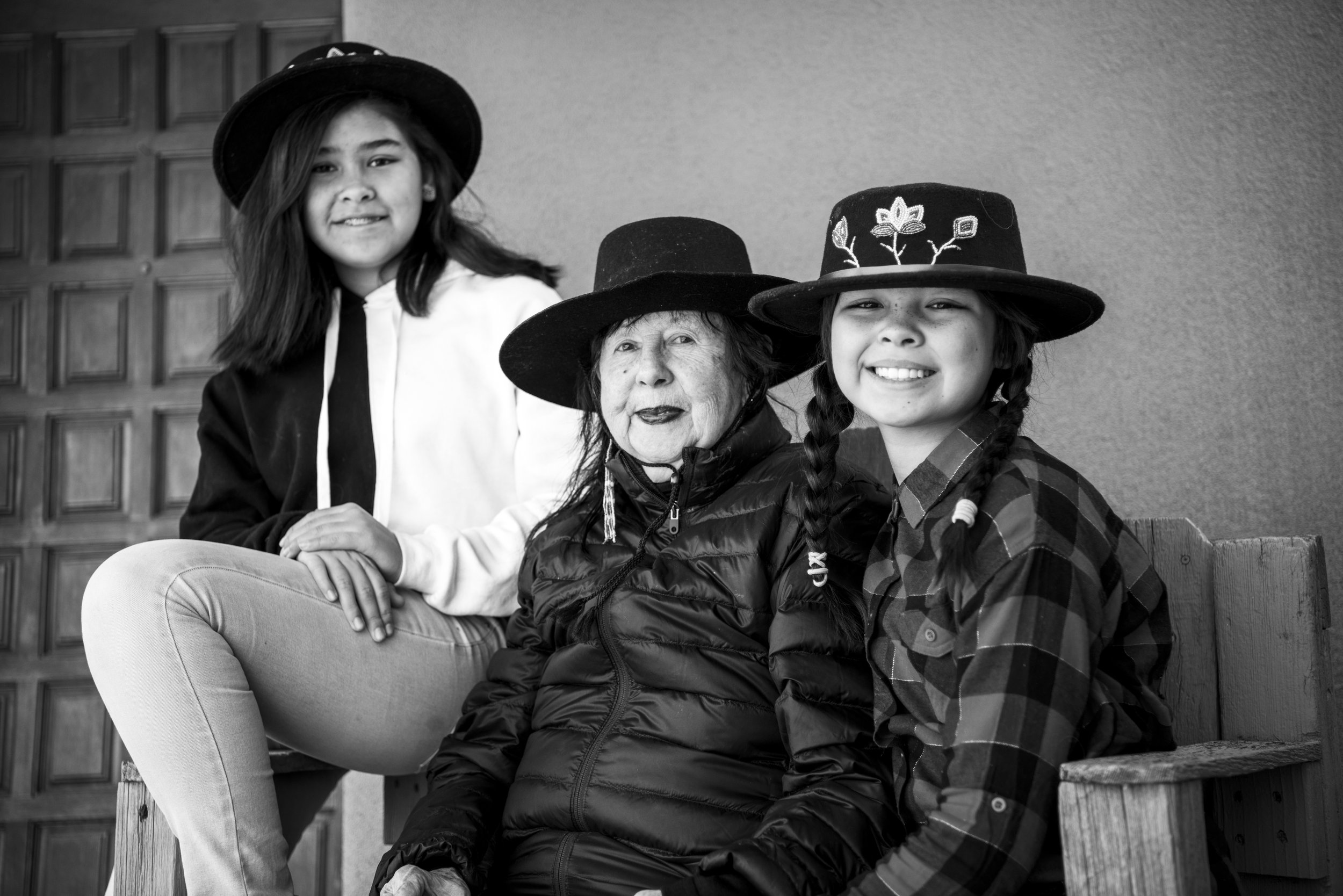
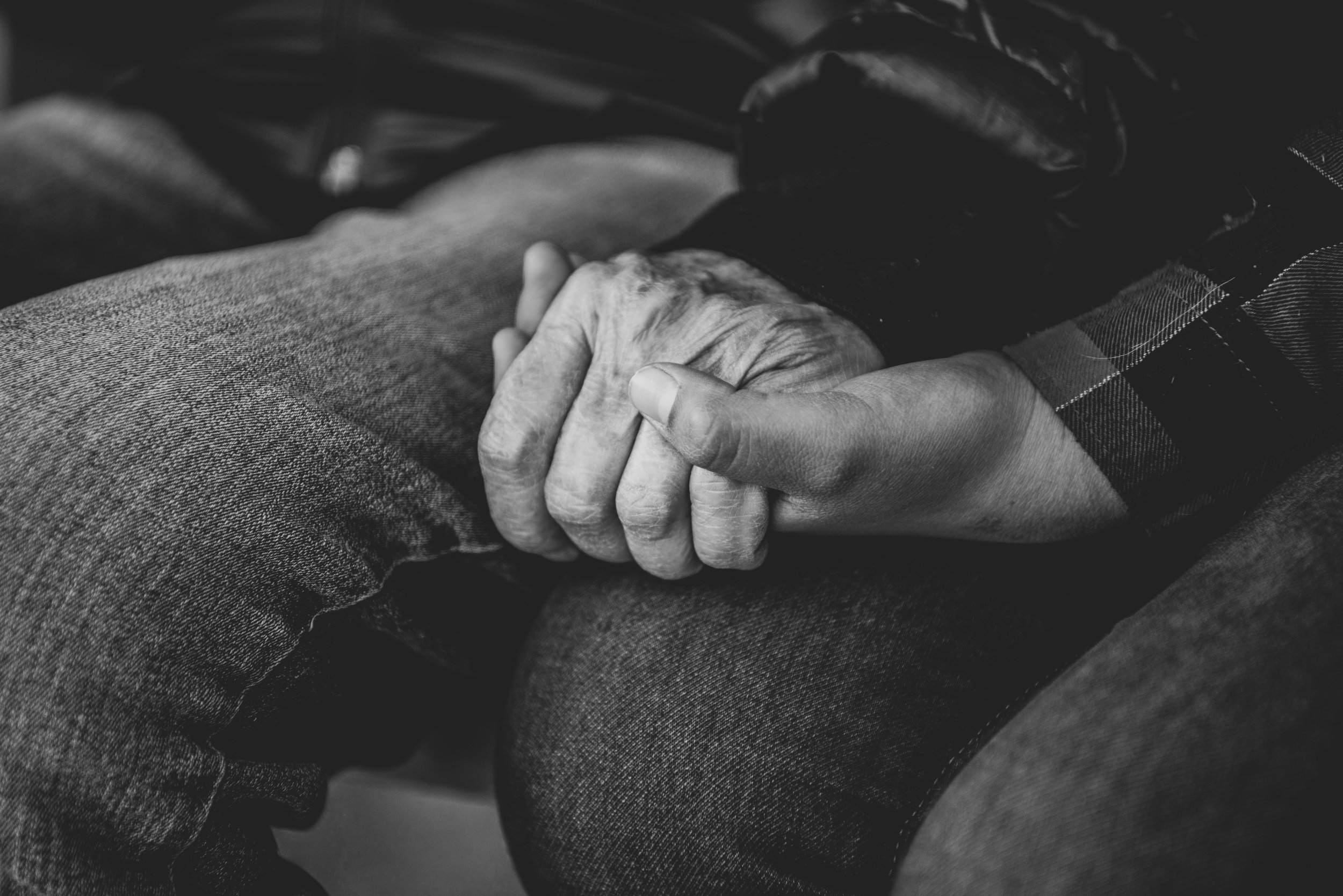
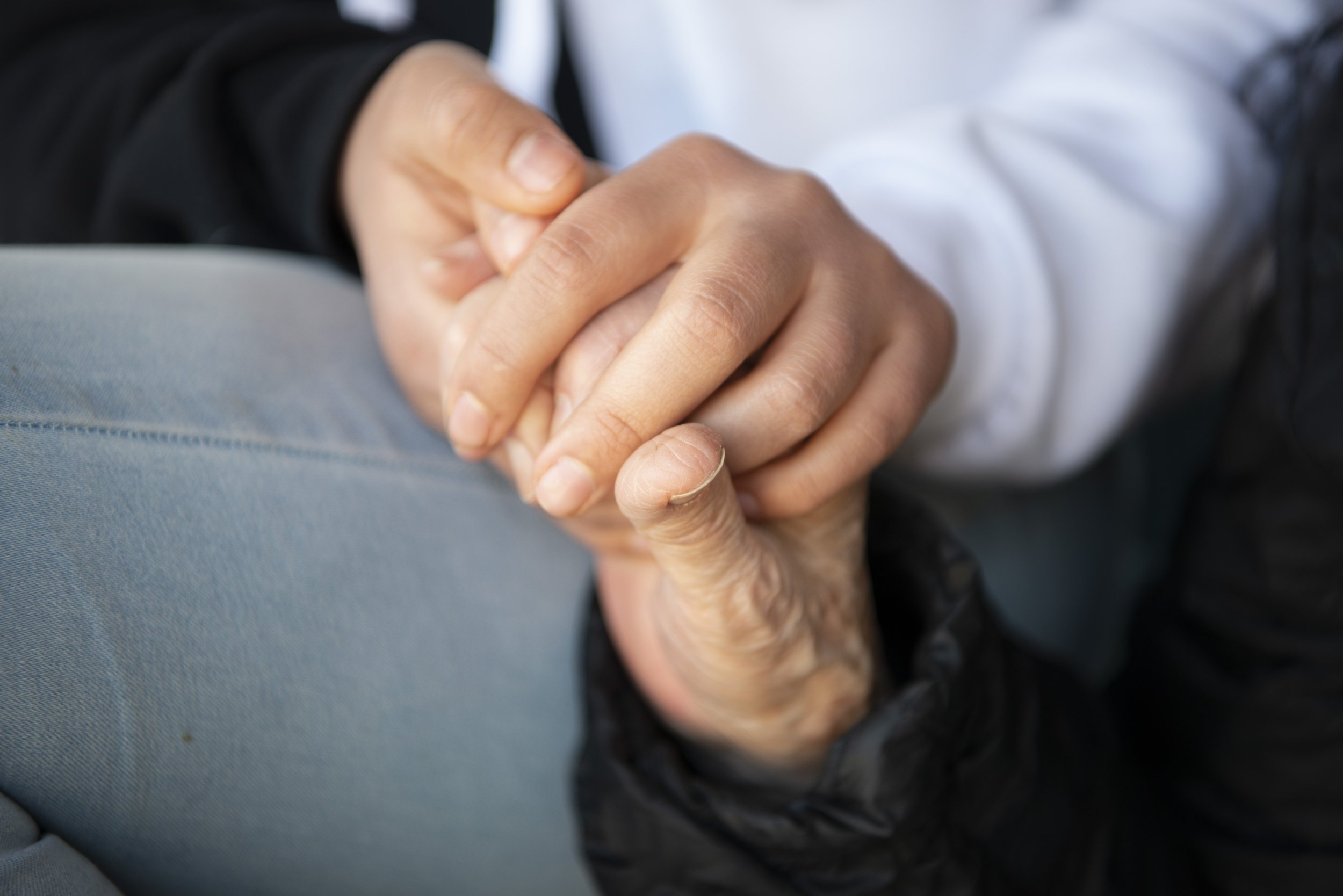
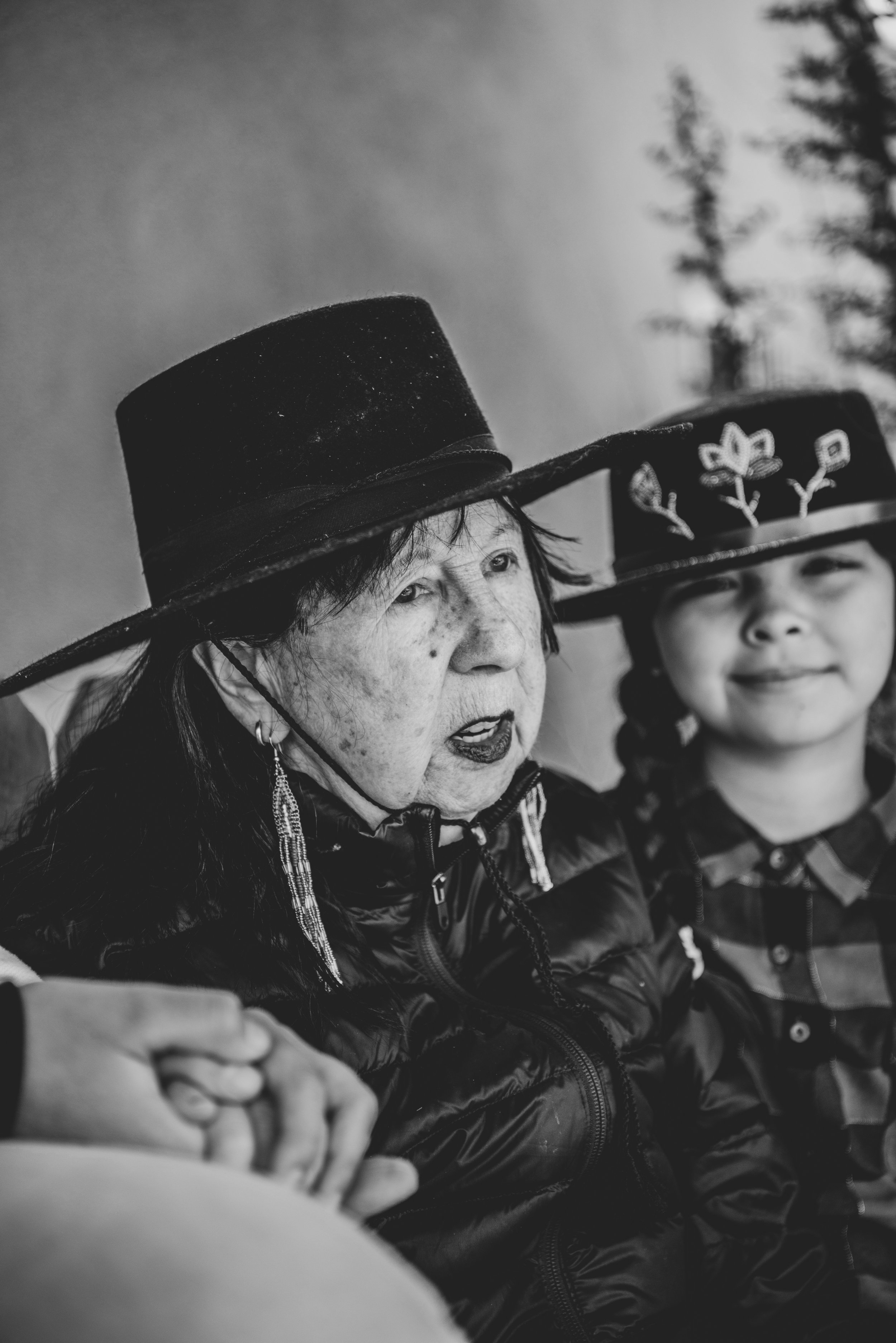
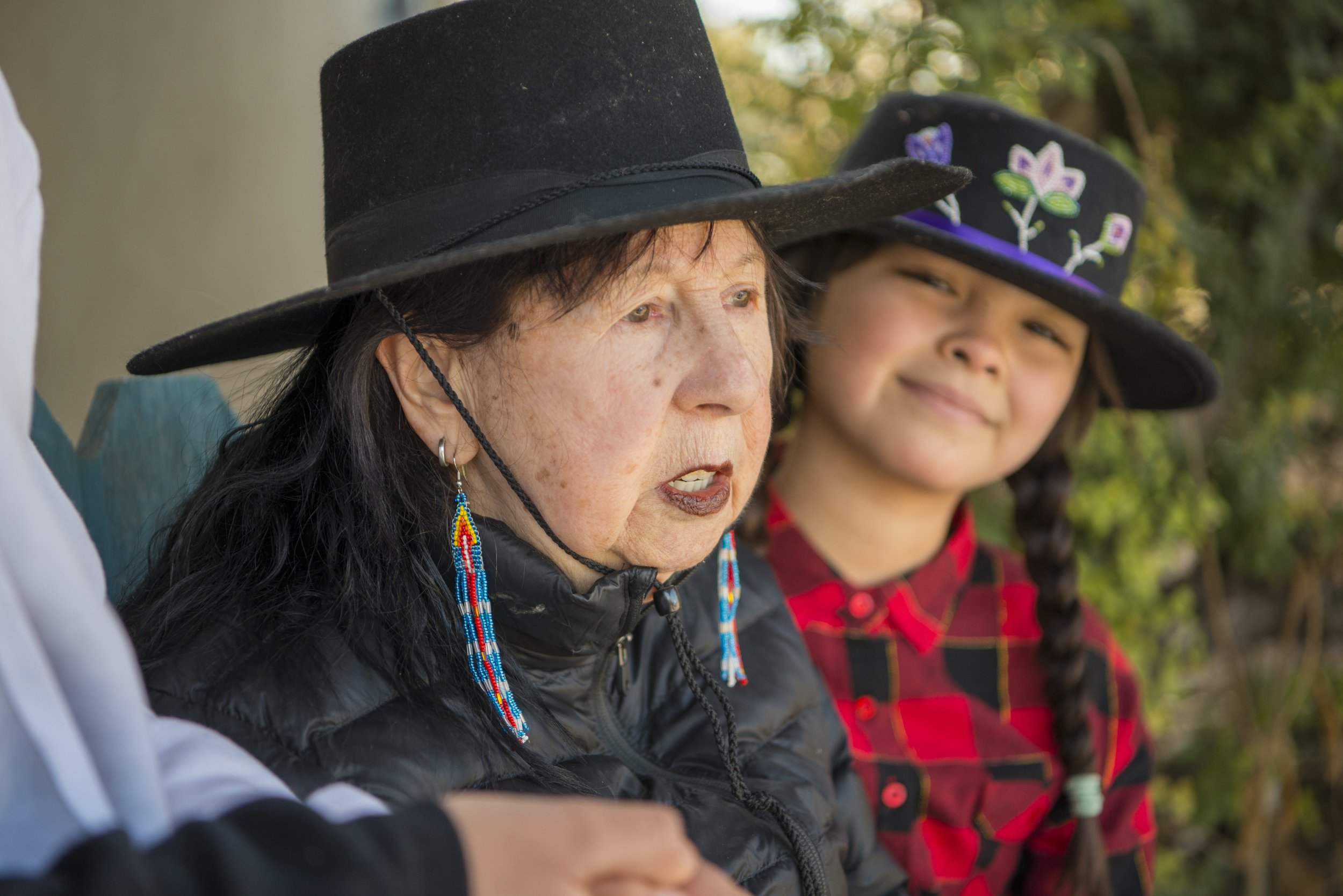
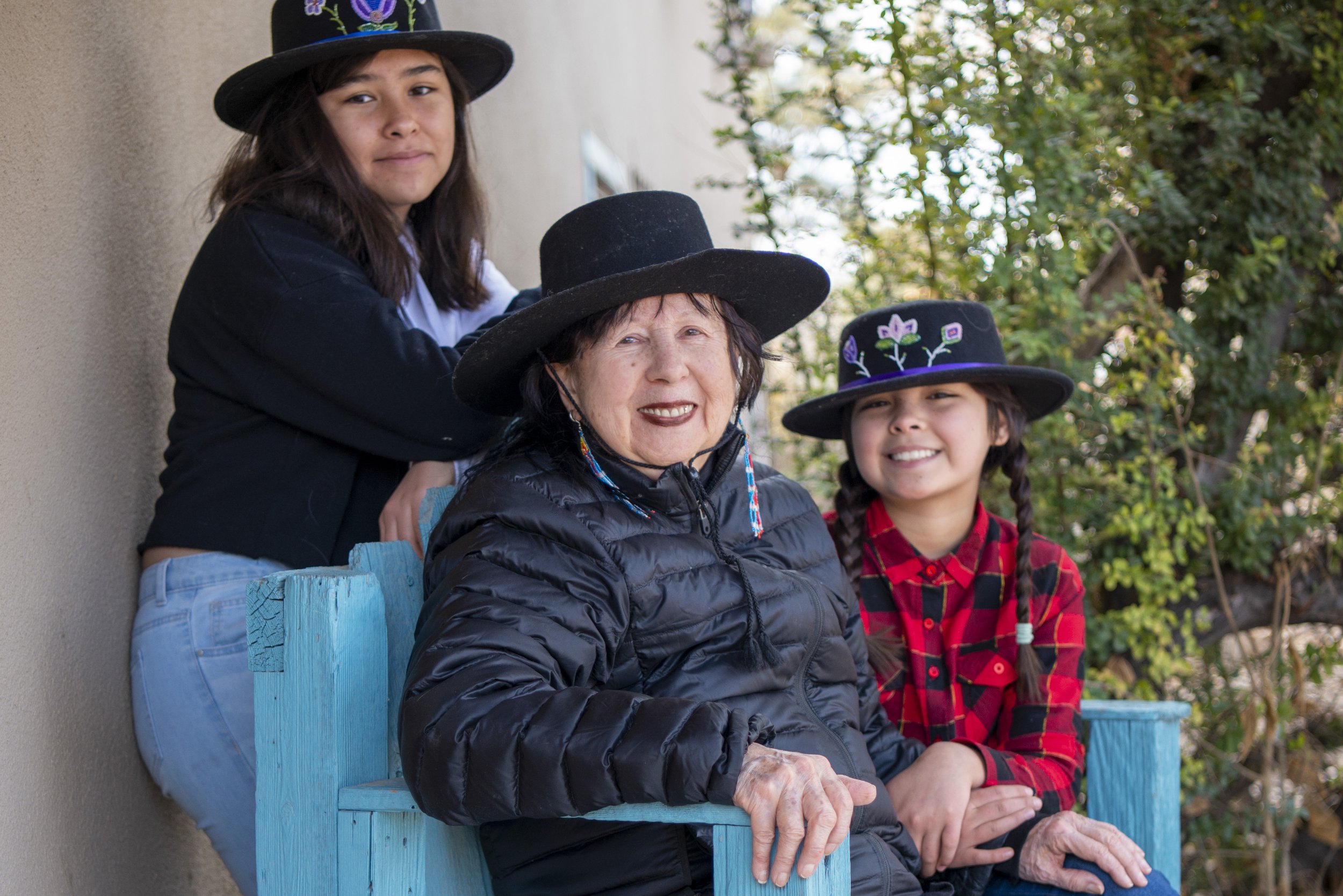
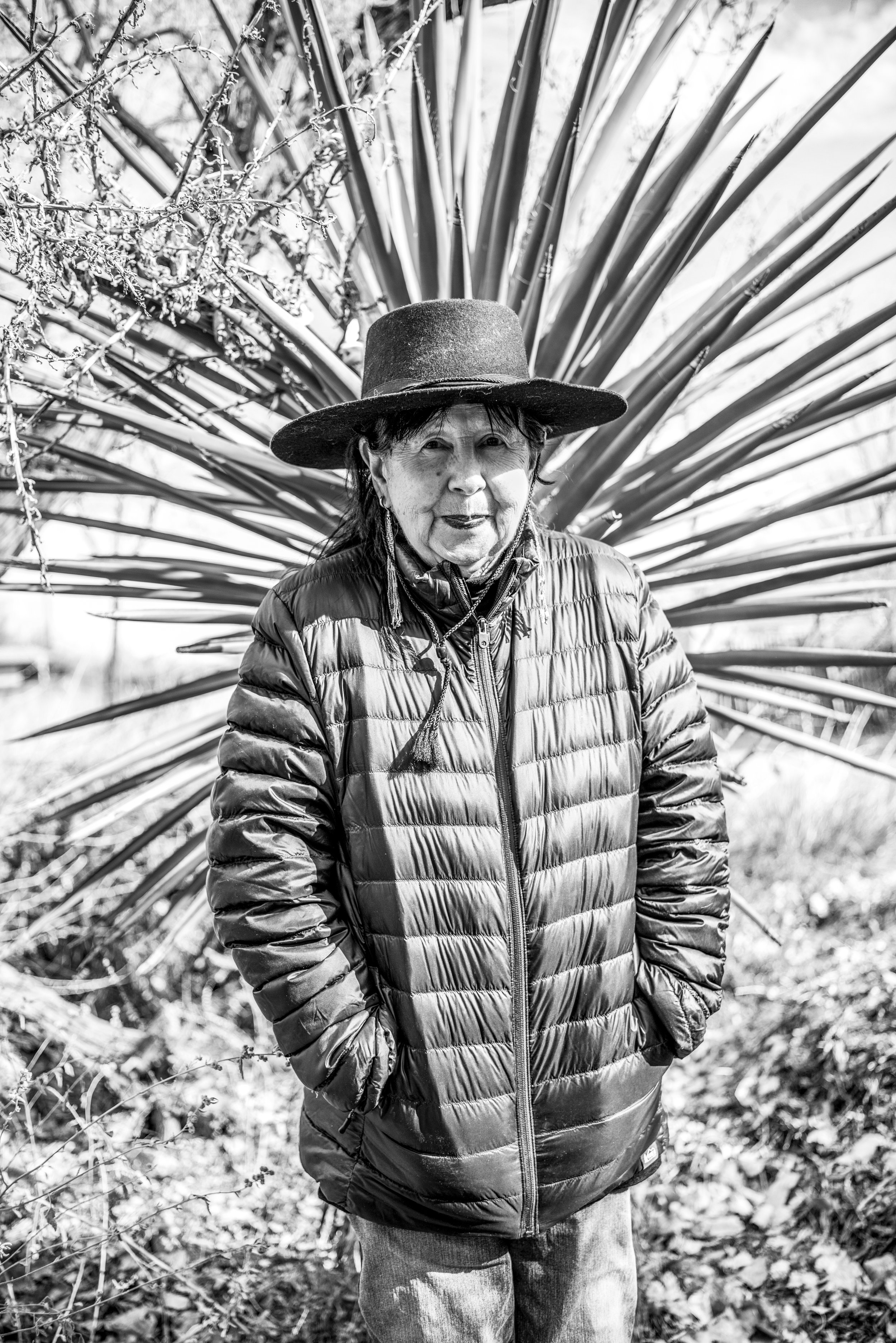
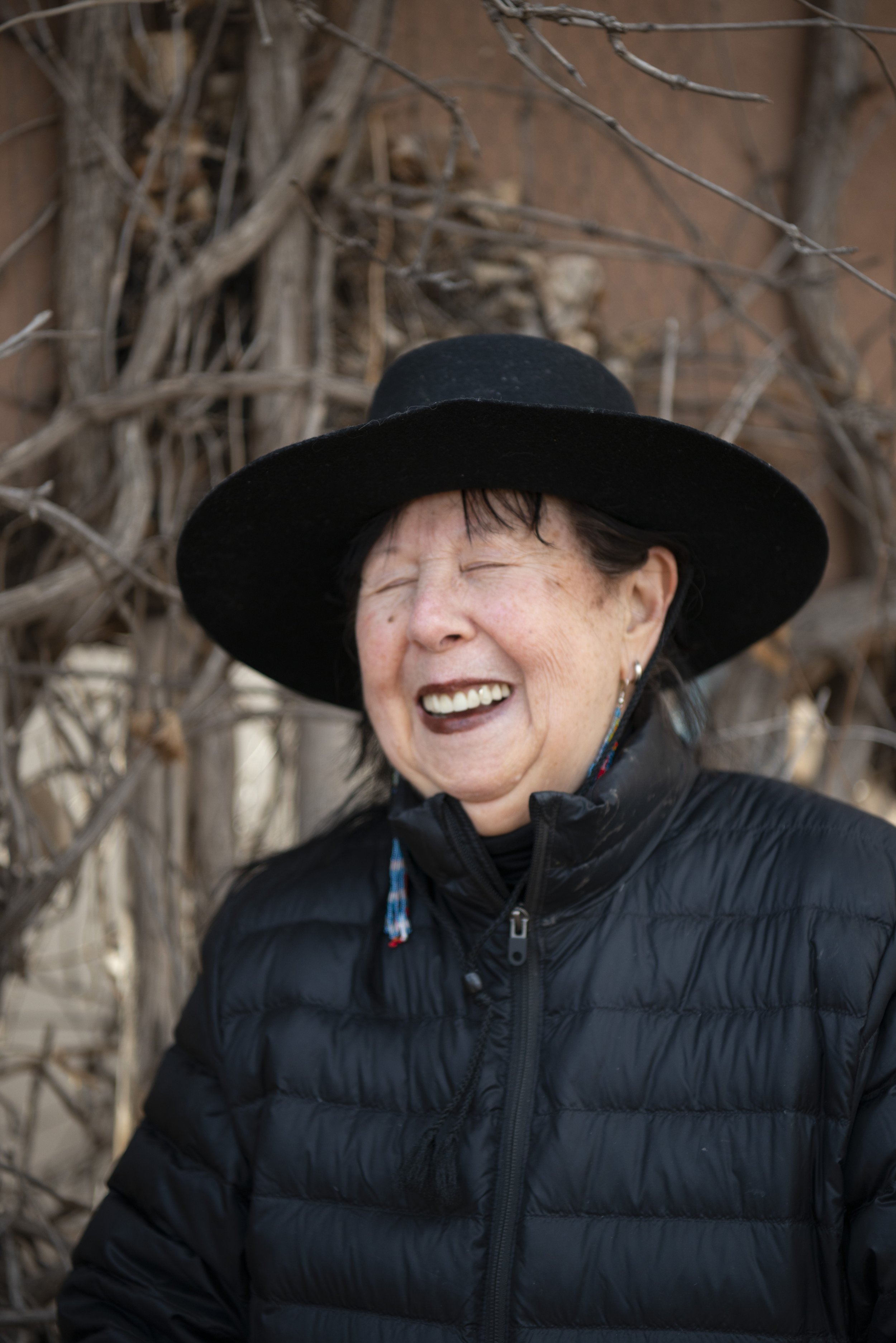



In Her Own Words…
Below is my original conversation with Jaune Quick-to-See Smith in April 2023.
Ungelbah Dávila: You came up as an artist during a time I’ve always thought of as an Indigenous Renaissance. Some might argue that we are experiencing a second Indigenous Renaissance. In what ways have you seen the world change and stay the same since the 1970s? Further, how have those changes, or lack of, influenced your work?
Jaune Quick-to-See Smith: I came here in 1976 after a long economical struggle in acquiring a BA degree. My intent was to teach at IAIA, after getting my graduate degree at University of New Mexico. It was my big dream.
In my first class at UNM, I met Emmi Whitehorse and Paul Willeto, Felice Giaccardo and shortly after, I met Larry Emerson and Conrad House, and a little later I met Ed Singer, who was already an established artist. Clearly, we were treated differently than the white students. They sometimes made fun of our art in class, it was like being shamed for who we were. We were also told that Indians go to Art Ed and not the Fine Arts.
With the urging of feminist Jane Kauffman, who was an adjunct professor from New York, I organized a Native group that Larry Emerson named The Grey Canyon Artists after the concrete of the city buildings and streets. I hit the floor running searching for places to show our work.
Every gallery, every museum I approached hadn’t heard of contemporary Native art. They only knew the art shown at Indian Market and IAIA. When they saw our slides or we presented our work, they said it didn’t look like Indian art. So, I contacted alternative spaces where we could show our work. One year we exhibited in 13 spaces such as banks, churches, government buildings — any place I could find — that would let us display our work.
I kept Grey Canyon going for 4 years, snagging shows in Portland and as far away as Venice, Italy. While I was doing that I was also traveling a lot, meeting with other Native artists in Phoenix, San Francisco, Seattle, Chicago, Minneapolis and New York, organizing shows for Indian community centers. Remember, there were no computers, or cell phones, only land lines and typewriters.
I should note that Emmi Whitehorse has become a nationally known artist whose work hangs in New York museums alongside artists that we studied in books long ago.
In the early 1980’s I organized the first traveling photograph exhibit by Native Americans called Photographing Ourselves, a decade later I was able to send it to Scotland, France and Germany and then I titled it Positives and Negatives. Shortly after that with Harmony Hammond and Lucy Lippard, we organized the first touring Native women’s exhibit titled Women of Sweetgrass, Cedar and Sage.
In the 80s, I was appointed to the IAIA Board of Trustees by the Bureau of Indian Affairs. After experiencing the sad situation in the old barracks the school was in — stopped-up toilets, moldy food being sent as left overs from the College of Santa Fe, no fans or ventilation for jewelry or printmaking — I could see that this school was not at the top of the BIA’s priorities. I feared for the life of this school so revered by Natives across Indian Country. In asking questions from a lot of sources, I could see that the answer was to move the school from under the Bureau and make it a line item, like Gallaudet and Howard Universities, one for the hearing impaired and the other for African Americans.
Not knowing what I was doing, I decided to get on a plane and go see our New Mexico legislators. I was probably an annoyance as I made the rounds of their offices, Domenici and Richardson, gathering names, phone numbers and information about how to change IAIA’s status. But, I didn’t get a lot of encouragement. Still, I called Alan Lovesee in Dale Kildee’s office, someone at Ted Kennedy’s office. Linda Lomahaftewa and Karita Coffey both helped me with a letter writing campaign to congress. Can you believe that Lovesee attached our legislation to an omnibus bill and it passed?
So instead of teaching there, Creator gave me another job to do for the school. She gave me a mission. And now my son Neal Ambrose-Smith is the Chair of the Art Department and head of printmaking, which makes me so proud.
Today, the school is developing an MFA degree under the auspices of noted scholar Mario Caro. IAIA grads receive esteemed recognition everywhere, such as Marie Watt, collected by museums worldwide, and Joy Harjo who is the US Poet Laureate for two years. IAIA graduate writers are receiving book awards and reviews in the New York Times such as Tommy Orange of There There. It doesn’t get much better than this.
Around the same time the Heard Museum asked to consult with me about a painting show, but when I heard their proposal, I thought it would mostly benefit commercial sales at galleries. I said why not do what the Whitney Museum in NY does and open doors for all contemporary Native artists, plus teach your board and audience about new Indian art. I also suggested they collect from each exhibit. I wrote essays in the first two brochures. That became the Heard Biennial that ran for a decade. I also suggested the same for the Eiteljorg Museum in Indianapolis when they told me about a new grant and wanted suggestions about how to use it. They produce beautiful catalogs, have collected from each exhibit and now have a valuable collection of contemporary Native art.
There shouldn’t be a distinction between traditional and contemporary, but the White collectors have had a grip on Indian Markets and controlling what they deem as “good” art. It has been de rigeur for a long time that only baskets, weaving, beadwork etc. were authentic Indian art, but painting, sculpture, printmaking and photography were not. They were bastardized by people who were not true Indians. One of the reasons I suggested the biennials to the Heard and the Eiteljorg was for them to bring the contemporary Natives to the museums so their audiences could learn and grow. It was about educating their public.
I did a similar project at the Missoula Art Museum in Montana, which had not been noted for its Native exhibits or collecting. I asked if I could give a talk to their board in the mid 1990’s, the same thing I did at the Heard the decade before. I believed if I explained the importance of this art I could convince them to support it. For them to agree to mount exhibits and collect Native art, I offered them a sum of money, a collection of my lifetime in prints and my voluntary services. No, they didn’t jump at what I thought was an unbelievable opportunity for them, they had to think about it.
Eventually, the Missoula Art Museum board came around. Director Laura Millin renovated the old Carnegie Library the museum was housed in. She added a beautiful glass tower onto it and talked a local banker into paying for one wing designated to house contemporary Native Art. Today, they likely have the largest collection on the Northern Plateau.
So yeah, this did create a renaissance, along with Alan Houser, Fritz Scholder, Kevin Red Star, Earl Biss, Otellie Loloma, Linda Lomahaftewa, Karita Coffey, and others Teaching at IAIA. Lloyd Oxendine, Peter Jemison and Jolene Rickard in New York at the Indian Community House, and George Longfish, artist and director of the CN Gorman Museum, UC Davis. Juanita Espinosa at Two Rivers in Minneapolis, Janeen Antoine and Ken Banks in San Francisco at AICA (American Indian Contemporary Art.) We all played a part in breaking the buckskin ceiling.
When I traveled, I often ran into other Native artists in the airports, I would see Joy Harjo on her way to do a lecture somewhere or play a gig with her horn, or Scott Momaday, who was a sought after speaker. Linda Lomahaftewa was a frequent traveler to foreign countries such as Russia and China. Melanie Yazzie, head of printmaking at CU, Colorado, and Lillian Pitt have networked with the Maori’s for years traveling back and forth between New Zealand and here.
Think of it, from Dorothy Dunn’s teaching watercolor lap painting in a style called “Bambi Art” to busting all norms by making sculptures 10 feet tall, to doing etching and lithographs to making 6 foot paintings, photographs, films and videos. From IAIA in the 1960s and going to colleges everywhere, traveling the world, Native artists were debunking the idea that we should make art in a prescribed way.
The year 1992 brought more Native artists into the limelight because now there were universities hiring Native professors, such as the University of Oklahoma, the University of Wisconsin, Madison, Cornell and so many others. In the 1970s very few universities would have hired a Native artist.
Then again in the 2000s I witnessed many more Native PhD’s. Young scholars have been turning up in droves this decade, including artists who want those credentials so they can also write. I see more emphasis on writing, perhaps influenced by the Canadians who have a more cerebral focus in their arts. So, Gerald McMaster, Robert Houle, Rebecca Belmore, Kent Monkman, Richard Hill and Candice Hopkins have had great influence on our art intellectuals here.
It used to be 40 years ago I could name the notable Native artists on two hands, and now I could easily count to 500 plus many more who are making waves. There is new emphasis now on film, video, performance, theater, digital, and fashion. This is exciting to see. The point is that living people will always be reinventing themselves in new ways. This mean people are thriving and not fading away with dying cultures. There is new life and energy in Native arts now. Also a circling back and picking up of traditional arts like beadwork, quillwork and crafts, as well as music, dance and drum. I find that inspirational.
UD: How did experiencing the 1970s amidst AIM and Wounded Knee and the “radical Indian” stereotype contribute to your art, or even your decision to become an artist?
JQTSS: I think those events gave me support to disagree with White professors and do my own thing, also to begin organizing so we could give each other support.
UD: When I look at the painting “I See Red”, I see something messy and bloody, which is exactly what our history is, but I also see something created with passion, as a heated response to a moment. What was happening in 1992 that made you stop and create “I See Red”?
JQTSS: When I’ve used red, it has been more for ceremony because for many of us, we use red ochre. We also give red trade cloth as a gift for honoring someone. Red is a sign of power as well as the color of blood. I did lots of paintings using newspaper stories about injustices or sometimes reporting on good things that were happening. I never concentrated on dire things, I always made a mixed bag of stories. Always stories.
O’boy, I could spend all day talking about how 1992 became a White people’s celebration and we were mostly kicked under the rug. It was Reagan’s era and he wanted to make a “nice celebration.” He ordered the NEA and NEH to only pay for projects that showed America in a good light. He didn’t want any rabble rousing.
When I organized and wrote the grant for the Submuloc Show / Columbus Wohs, the only national touring exhibit organized by a Native that told some truth about 1992, I had to walk on eggshells to get the attention of the NEA, even then they cut my funding to the bone and gave me $12K for 34 US and Canadian artists. Whereas, a White professor was able to get $100,000 in funds because she made a claim that Natives on the Plateau were welcoming the Whites to come take their land and all live together peacefully. Yikes, that is so not our history. It’s Reagan’s version.
I wish we could show Submuloc again, it was a cutting edge show. So many memorable pieces, like Lizzy Woody and Joe Feddersen’s brilliant burial scaffold.
UD: I am curious how you felt about “I See Red” becoming a “first” for the National Gallery of Art, as well as a first for Native Americans and for Indigenous women.
JQTSS: “Here's the rest of the story” as Paul Harvey, a long ago radio commentator, used to say. It turns out the NGA had another Native artist in their collection, only they didn’t know he was Native until I mentioned him in an interview: Leon Polk Smith, a Cherokee-Chickasaw artist born in Indian Territory, before Oklahoma was a state.
Smith’s work was abstract and if he didn’t say what he was, no one knew. In those days Indians tried to hide their identity. Polk would have had trouble selling his work because it didn’t look Indian enough. He maintained his designs were taken from beadwork. I find this story as revealing as any story in our Native community. I am not at all diminished by not being first, I’m proud to be the one who uncovered Leon’s work there.
My issue is not whether I am first or even second. My issue is why, in 80 years, they haven’t seen fit to seek out a few pieces of Native American art when they are called the National Gallery of Art in this enlightened time we all live in? My hope and prayer is that they begin to make a list of names for a Native collections list. I said that to a curator, that they cannot stop with me, now that there is a focus on this.
UD: You mentioned you are raising two grand babies. In your words, what does being the first Native painter in the National gallery mean for THEM?
JQTSS: Well, they are no longer grand babies, they are now 11 and 12-1/2. They don’t know what this means really, but they have a sense that I am recognized for the work that I do. They are proud when a teacher or a school nurse says to them, I know who your Grandma is.
UD: The mainstream narrative measures success based on Eurocentric systems, such as the national gallery accolade. How do YOU measure success?
JQTSS: I measure success by how I can impact or make change, such as the change at the Heard, the Eiteljorg Museum and the Missoula Art Museum. But I never do it alone, it takes teamwork and time to make something happen. I’m only a fly in the ointment, an annoyance, a troublemaker — just like my hero John Lewis told young Black leaders what they should be.
Oh, tribal measurements are often the opposite of Eurocentric systems. Money is usually not our God as it is for White American culture. There are other, more important, things. Such as the Mother, Mother Earth, Pachamama. We know if we don’t care for the sanctity of this little blue marble and all her inhabitants, we lose, we suffer, along with everything else. I have a couple of books of the old Native speeches in the treaty times and they are so foreseeable in how they predict the future.
Standing Rock was a good example of how tribal peoples come together for something so simple as drinking water, but we know it’s our life blood, for without it we would perish. Look at the situation for the Navajos out here. Some families asking to run a pipe across the edge of a White guy’s property, nothing on it, no house, he’s not even using it and the pipe would provide urgent water for these families and he refuses to let them lay a life-saving pipe, are you kidding me? Fugeddabout him not being a humanitarian, he’s not human.
UD: Who are some of the peers, mentors, teachers that have inspired you?
JQTSS: Lots of people, big lists of people, but I’ll mention a few, my tribe, the Confederated Salish and Kootenai Nation; my family; Fritz Scholder; painter Susan Crile; Albuquerque gallerist Lise Hoshour; collector, mentor, Dorothee Peiper; Wilma Mankiller; Marge Devon and Tamarind Institute; writer historian, Carolyn Kastner; the Joan Mitchell Foundation; art historian, Alejandro Anreus; art historian, Lowery Sims; peer and friend, Gail Tremblay; writer Nicole Albas; IAIA instructor emeritus Karita Coffey; master printer Michael McCabe; IAIA instructor emeritus Linda Lomahaftewa and artist Emmi Whitehorse.
No one ever accomplishes anything on their own, we are always advised, helped, nurtured and encouraged along the way.
UD: Why is it that land based issues, such as environment, are so hard to unravel from Native American art?
JQTSS: Generally you will not see Native landscape paintings like Bierstadt, Church or the Hudson River painters (Kent Monkman is not about the landscape) and that’s because Native peoples have a holistic view of the land. Prayers go to the 6 cardinal directions.
Further, all our creation stories come from the land. The bible’s creation stories come from the land on the other side of the world from us with plants and animals that are not part of our being. Our land is known by us since the Creation Time, so our stories tell about the movement of the glaciers, the great flood and other events.
Our creation stories are based on real science, they are not myths. Our knowledge of plants and animals is far greater than Europeans’. Remember the government studied and taught our outdoor survival techniques to the troops for the Korean War. The Boy Scouts began with Charles Eastman, a Sioux doctor, who taught them about camping and survival techniques. Europeans were generally afraid of the outdoors, learning to live in nature was a whole new experience for them. We know our bodies come from this land and return to the land. We know that everywhere we walk is the dust of our ancestors mixed with cottonwoods, lodgepole pine, chokecherry, black widow, buffalo, and wood tick.
Show me a White person who talks like this. There’s so much more I could say about this. At Salish Kootenai, the tribe puts up signage that tells people to stay out of the area, the bears are fattening up for winter, there are moth grubs in the area. Can you imagine White people asking us to be respectful of the bears? No, if they want to hike there, they euthanize the bears. If people understood that this land base gives birth to us through a mother, maybe they would stop poisoning, polluting and killing everything. It’s all in a chain, it’s all connected.
UD: Lastly, everything that you’ve gone through in life to become the first to break that buckskin ceiling at the National Gallery, was it worth it? Would you do it all over again? Would you do something differently?
JQTSS: I don’t think of my life that way. I just do what I see needs to be done. And to tell you the truth, a lot of it is completely out of my control, it’s serendipity. I have so many things I would like to change, such as our public school education. It needs to tell the real history of the world’s biggest genocide in the Americas, that our tribes were enslaved and murdered by burning in bonfires. Hitler didn’t dream that up. He copied Columbus. This country leaves this history in the dark, hoping we’ll forget.
The language has to change, too. The Euro-Americans didn’t fight Indian Wars—that’s a myth, they murdered Indian peoples in cold blood by the millions. It wasn’t Indian Wars. It was White people stealing food and land. If Indians objected to this, they were at fault and called marauding savages. Sometimes they shot our families in rows next to trenches so they could easily bury them when they fell in. When they leave our history out of the books and reporters continually give news about Covid results and leave Native Americans out of the news, we are invisible. No wonder Americans think we have vanished.
I hope that Deborah Haaland will have major impact on the Department of the Interior. It’s a colonial institution and has been run by good ole’ boy White men who discriminate against our tribes.
Something we can do is to push for legislation that will give the history and current day news about the 23 tribes here in New Mexico. It should be taught every year and in multiple courses. This will help citizens of New Mexico to not just learn about Native peoples here but to be respectful of their tribal neighbors who took care of this land since the Creation Times.
Thank you for letting me answer this way. Your questions were super, no white reporter would have asked most of them,
Stay safe, with thanks,
Jaune






